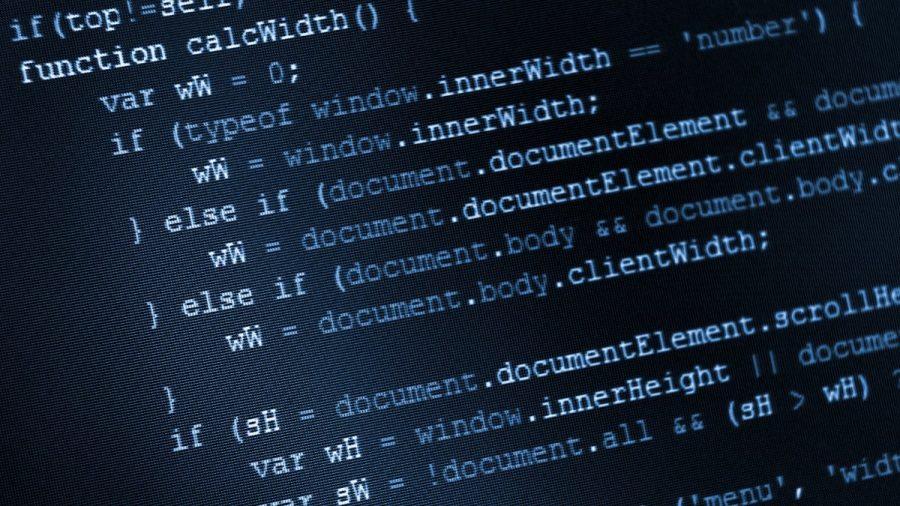What Is Coding?
Coding, in the simplest terms, is telling your computer what you want it to do by typing in commands for the computer to follow. It is what makes it possible for programmers to create your browser, your favorite computer games and apps, and even this website! In fact, almost anything powered by electricity uses code.
In a world of increasing interconnectivity, programming forms the foundation, in which hundreds of different coding languages are each designed to have their own set of rules. Programming exercises vary in complexity, so coding has over the years been likened to learning a foreign language, or more specifically, a family of foreign languages. While computers may not be the most clever of things, they are nevertheless very obedient. They will do exactly what you want them to do, as long as you tell them how to do it correctly. And when you tell the computer what to do, you choose how it’s going to do it. Shown below is a simple example of code, written in Java
Print ‘Hello, world!’
class HelloWorldApp {
public static void main(String[] args) {
System.out.println(“Hello World!”); // Display the string.
}
}
The output would display the text: “Hello World!”
This is where an algorithm comes into play. A computer algorithm is a computer procedure that consists of a set of instructions to achieve a well-defined task, though the individual steps may be complex tasks in their own right.
Still confused? You can think of a computer algorithm as a food recipe that describes the exact steps needed for a computer to reach a certain goal. The word for the recipe is a procedure, and the ingredients are called inputs. The computer looks at these inputs, follows it to the letter, and gives you back your results, or your outputs.
Educators, parents of students, and students are starting to take coding very seriously. In 2014, for example, the Obama administration announced that over 60 school districts worldwide plan to add computer science classes to their curriculum. Oakton High School currently offers programming classes that vary in difficulty, including AP Computer Science, Programming, Web Development, and Advanced Programming. AP Computer Science, which is taught by Mr. Lau, prepares students who are interested in the fundamentals of coding for college. It is, however, particularly challenging for people who are new to programming, so students who feel that they are not ready to handle the work are encouraged to take Programming, Web Development, or Advanced Programming with Mr. Larson.
Former Oakton students also made note of how the rigor and material of classes such as Computer Science and information systems seemed daunting. The Hour of Code, run by the nationally accredited and presidentially recognized Code.org, is an example of breaking this stigma surrounding them. This program provides opportunities for people of all ages and experience to experiment with programming. In this golden age of digital technology, things like Hour of Code are crucial.
“Growing up, girls my age played with Barbie dolls and kitchen sets, while boys played with Legos and erector sets.” said Mrs. Smith, website curator and teacher at Oakton.
The social progressiveness that is now occurring has broadened the market of toys that encourage creativity and innovation. This progression can go to exemplify the changing of interest and career choice in young women entering the tech field, as they are equally being exposed to this at a younger age.
I’m a high school senior and aspiring journalist, and this is my first year as staff member of the Oakton Outlook. As a student who has always been very...






